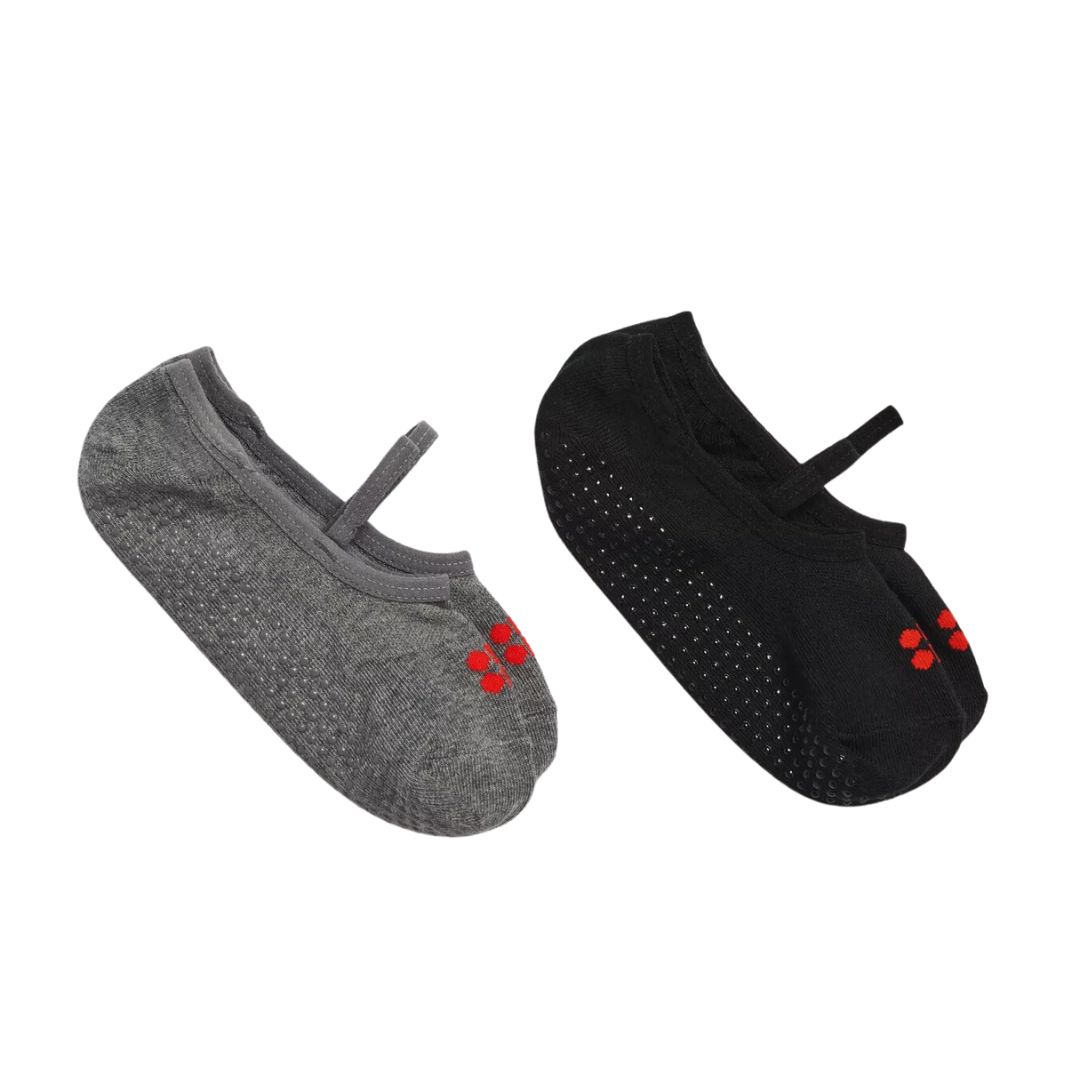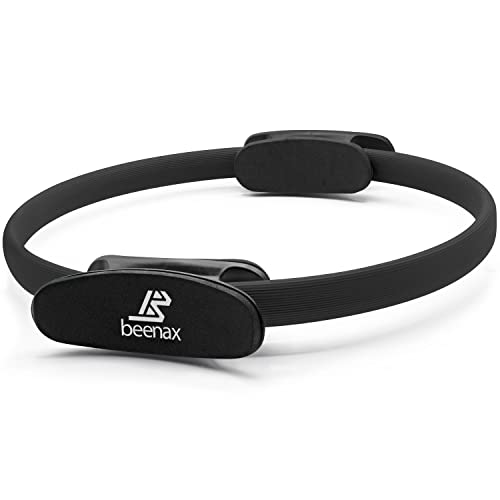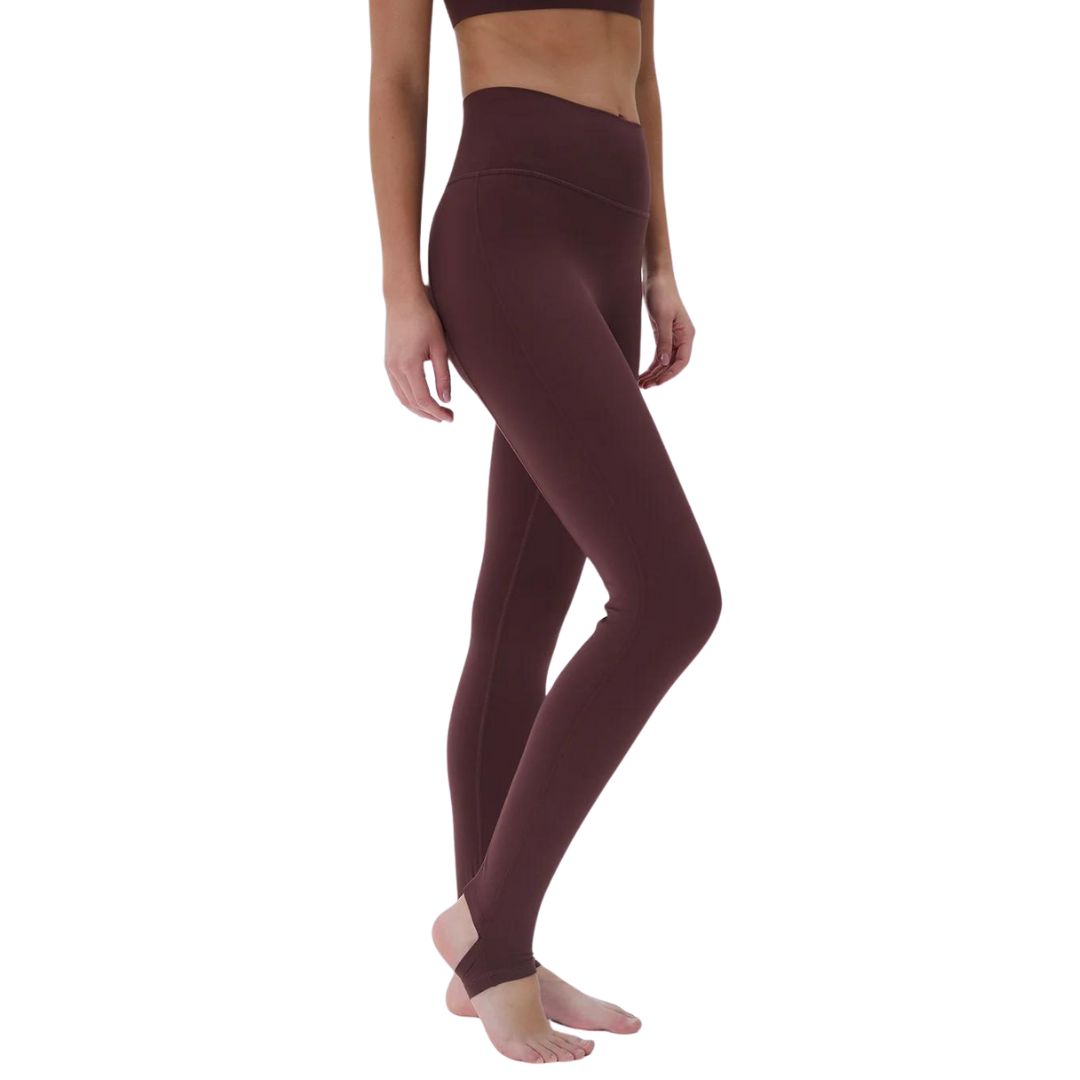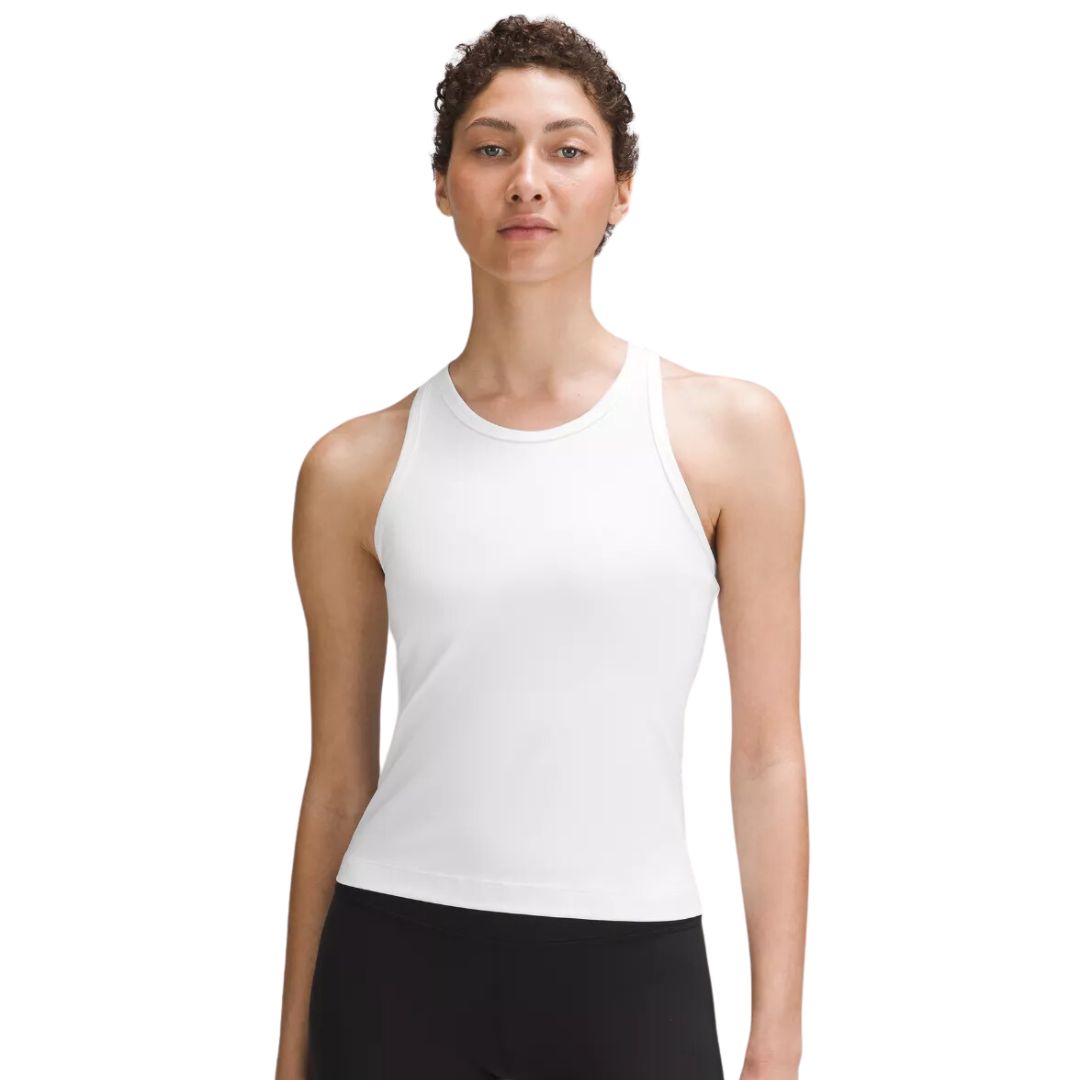Keen to boost balance, muscle and tone? These are, hands down, the best Pilates exercises of all time
Kickstart your Pilates practice with the GOAT moves.
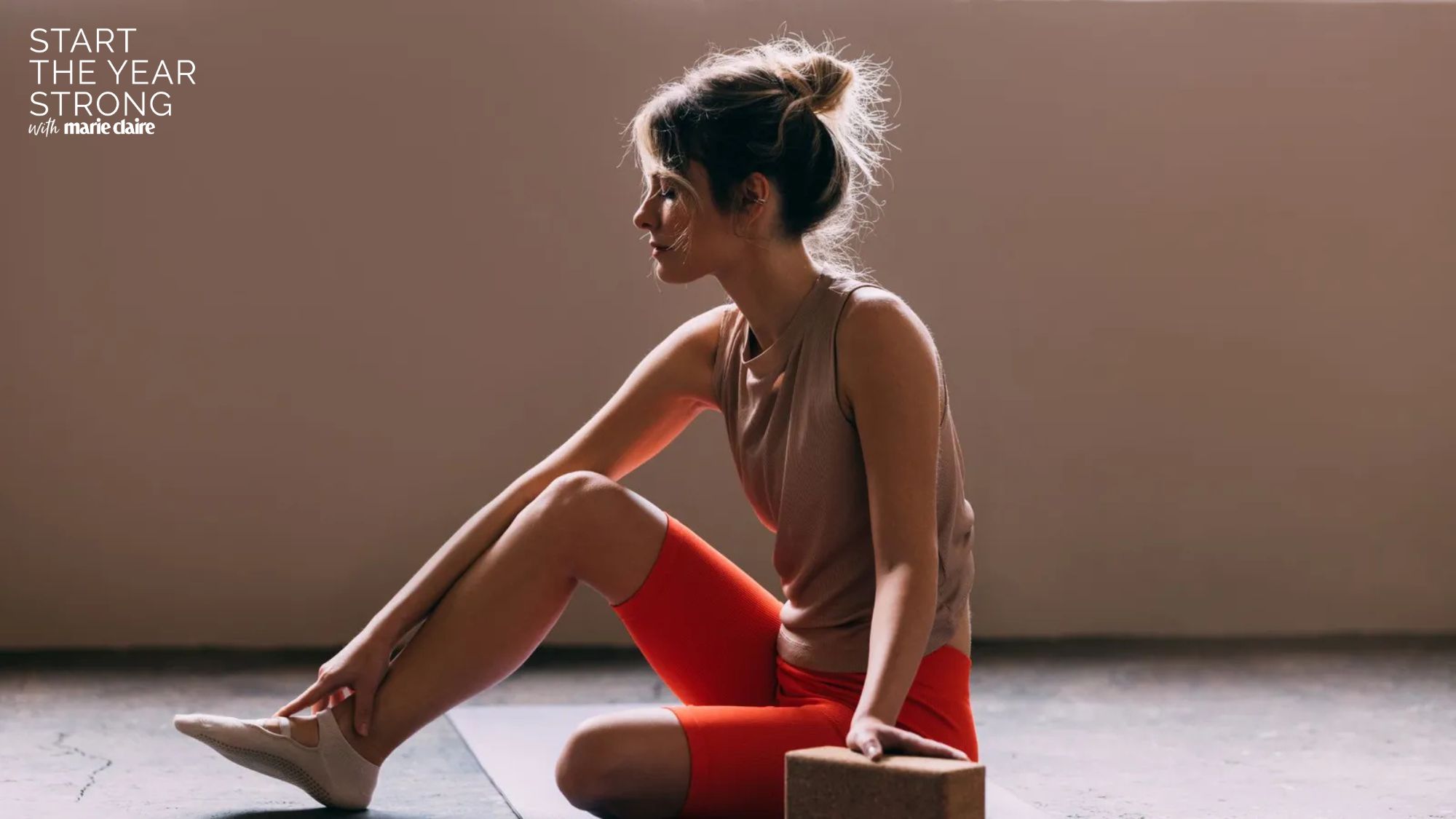

We get it, there are a lot of Pilates workouts doing the rounds right now. The century-old practice has been riding on a new wave of popularity ever since a certain Mr Harry Styles was spotted leaving the uber-trendy Exhale studios in London - and where the one-time One Directioner goes, we all follow.
First invented in the early 20th century by German physical trainer Joseph Pilates, the method is pretty much the workout of 2024. According to market research, more of us than ever are donning Pilates socks and heading to some form of class, with the practice's market size worth a whopping £894.9m currently - a figure that's set to continue rising.
And with good reason, as the science-backed benefits of Pilates are myriad, from improving core strength, balance and posture, to reducing stress through breathwork. That said, with so many styles to choose from (wall Pilates! Reformer! Tower!) we get it - Pilates can seem daunting. But trust us when we say that the benefits really should be enough to tempt even the most reluctant exerciser into a pair of leggings.
With this in mind, we've stripped right back to basics and asked our favourite Pilates coaches for their all-time favourite Pilates exercises - consider this your ultimate guide to the best Pilates moves, ever.
If all this has whet your Pilates appetite, do check out our guide to the best Pilates exercises for beginners, best Pilates core moves, best core sculpting Pilates moves and the best Pilates bar exercises here. Up for a more advanced practice? Don't miss our guide to the best advanced Pilates exercises and the best weighted Pilates moves, too. You're welcome!
These are officially the best Pilates exercises according to top coaches
What is Pilates?
A low-impact yet highly effective type of workout, Pilates can be done from home or in-studio. A seriously standout wellness trend last year, celebrities including Kendall Jenner, Hailey Bieber and Jennifer Aniston are all reported to love the sweat session.
Several different iterations went viral on TikTok, and demand for Reformer classes and free-to-stream workouts from home continues to soar. If the latter is for you and you're looking for individual exercises to boost tone from home, the below get our expert's votes.
Celebrity news, beauty, fashion advice, and fascinating features, delivered straight to your inbox!
Top coaches share their go-to Pilates exercises
With all the different styles of Pilates on offer, it's easy to forget that Joseph Pilates was evangelical about his original 34 moves, known as the classic 34. And while workout variety is the spice of life (we love mixing things up as much as the next person), it's safe to say that we can all lose sight of the basic technique required, when we're following more trend-led methods of Pilates.
That said - we're all about encouraging any and all kinds of movement, so if the newer versions of the practice float your boat, then downward dog to your heart's content - but for the purposes of this guide, we'll be taking a step back to more traditional Pilates moves.
Without further ado, allow us to introduce the GOAT Pilates moves, to try alone, or together for the ultimate Pilates home workout.
1. The Teaser
What? Begin lying flat on your back with your legs extended. Slowly lift your upper body and legs simultaneously, reaching your arms towards your toes to form a "V" shape. Hold this position, focusing on maintaining core engagement and balance. Lower yourself back down, taking the hands overhead and reaching the legs away from the body with control, resisting the urge to collapse.
Why? "The Teaser is one of my all-time favourite Pilates exercises because it’s a true test of strength, control, and body awareness," says Pilates coach Aleksandra Warburton. "While it may look simple, it requires serious core control and balance in order to be executed properly, making it a fantastic challenge for both the mind and body. It’s a full-body move that challenges not only your abs but also your stability and focus."
While it's challenging enough as it stands, you can advance the move by adding in light weights or a ball.
How long? Bearing in mind this move should be performed slowly with a pause at the top in the ‘V’ shape to really help to engage the core muscles, you might want to start off nailing your form by doing just a few reps, advancing to around six to eight once you're confident your technique is on point.
2. The Hundred
What? Pilates moves don't get more classic than the Hundred.
Begin by lying on your back, lifting your head, neck, and shoulders off the mat. Legs lift to table top (one at a time), and either hold in table top (for the beginner friendly version) or you can progress by extending your legs to a 45 degree angle and hover them above the floor while reaching your arms straight out. Pump your arms up and down in small, controlled movements while breathing in for five counts and out for five counts, repeating this cycle until you reach 100 arm pumps.
Why? "The Hundred is the ultimate Pilates cult classic and perhaps the most legendary move," says Warburton. "It’s the perfect way to activate your core right from the get go - it’s incredible for building core strength while teaching breathing control and overall body awareness. It engages the entire core and sets the tone for the rest of the workout."
How long? You've guessed it - one hundred beats.
3. The Dart
What? Often recommended for people with back issues, the dart will see you lying prone with arms and legs extended. Slowly move your head, neck and upper back away from the floor, hold briefly, and return to lying.
Why? "The Dart is a great anti ageing move for your spine," says Pilates instructor and founder of Pilates Prescription, Rebecca Dadoun. "Lying face down on the floor strengthens your spine muscles which essentially keeps you upright, so it's amazing for improving posture. This move counteracts our modern daily lives of sitting hunched over our desks or phones."
How long? Repeat for up to one minute.
4. Shoulder bridge
What? Up the ante on a standard glute bridge by focusing on articulating the spine as you lift and lower the hips. Start lying on your back with your knees bent and feet flat on the floor, hip-width apart and bring the heels slightly closer to the glutes. Slowly lift your hips off the mat, engaging the glutes and core as you press through the feet, lifting the spine one vertebrae at a time. Hold at the top, ensuring your body forms a straight (diagonal) line from your shoulders to your knees.
Why? "Shoulder bridges are another must-do exercise, although many people have a love-hate relationship with them!" explains Warburton. "Shoulder bridges are excellent for strengthening the glutes, hamstrings, and lower back, while simultaneously improving spinal mobility and flexibility. They can feel uncomfortable to hold, but the benefits are worth it - try to really articulate the spine as you lift and lower the hips."
How long? Try eight to 10 reps. For more intensity, raise one leg off the floor and lower and lift it while keeping your hips steady. Repeat on the other leg, try and maintain the hip lifted for more of a challenge.
5. Side kick kneeling
What? Essentially, a half side plank with a kick. Start in a kneeling position, with one hand resting on the mat directly under your shoulder, fingertips pointing away from the body and the opposite leg lengthened and extended out to the side at hip height. Keep the core engaged and your spine long as you sweep and slowly 'kick' the top leg forward and backward with control, maintaining the leg heights and avoiding swinging.
Why? "If you're looking for a balanced, classic Pilates exercise, it's important to move through all the different planes of movement and side lying or kneeling exercises are an important part of any well formulated workout," says Warburton. "Side kick kneeling works your hip flexors and aims to mobilise the entire hip joint, as well as improving overall stability, balance, and coordination. Strengthening the hip flexors also supports posture and core stability, helping to prevent injury - this is a real powerhouse of a move."
How long? Aim for four to six sets on each side.
6. The Seal
What? We love a Pilates animal move, and the seal is up there with the best of them. "Seal is one of the most fun Pilates exercises, both to teach and practice," explains Warburton. "Seal adds a light-hearted element to the class while offering serious benefits."
Sit on the mat with your knees bent and feet off the floor, lift the legs up balancing on your tailbone, connecting the soles of the feet together, creating a diamond shape between your legs. Reach your hands through your legs (under thighs and over shins) and gently rest your hands on top of your feet. From here, roll and rock back onto your shoulders while maintaining control of your core, then rock back forwards to return to your starting position.
Why? "Seal essentially massages your spine as you roll back and forth, providing gentle back mobilisation," says Warburton. "It also requires core control to prevent momentum from taking over and keeps the motion precise. The foot claps remove unnecessary movement and remind you that exercise can and should be fun, not a chore!"
How long? Do as many as feels good!
7. The Clam
What? Stack your hips one on top of the other and try to lengthen your spine. Bring your feet in line with your bum, keep your feet together and lift your knee up as high as you can without moving your hip backwards.
Why? "The Clam is a great way to build deep glute strength," says Pilates instructor and founder of studio East of Eden, Abby McLachlan. "Glutes can be tough to activate, but having strong glutes is crucial for moving well and supporting spinal health.
How long? Complete 10 to 15 reps per set, and aim for around three sets.
8. Plank
What? Start in a standard push-up position with your hands under your shoulders and legs extended. Hold your body in a straight line from head to heels, engaging your core and avoiding sagging in the hips.
Why? "Planks are brilliant, as they are a full-body exercise that builds core strength, especially in the deep abdominal muscles, and strengthens the arms, shoulders, and legs," explains McLachlan. "They also improve overall stability and alignment."
How long? Aim to hold your plank for around 40 seconds to begin with, building up to a minute if you can!
9. Mermaid
What? Sit with your legs bent in front of you, then drop both knees to the right so the left knee is against the right foot. Raise the right arm and move the ribs up and over keeping both sit bones grounded. You should feel a side stretch!
Why? Mermaid is the ideal antidote to a life of sitting at a screen. Perfect if you suffer with any back or neck stiffness (so that's all of us, then), the mermaid is all about lateral flexion (side bending).
"Lateral flexion is the first spinal movement to deteriorate with age," explains McLachlan, "so we should guard against this by moving our spine laterally (as well as in flexion, extension and rotation), every day."
How long? Hold for a count of five, then swap sides.
10. Open book
What? Open book is a lovely, Pilates way of saying arm opening. This move is performed lying on your side with your knees bent at 90 degrees. Open the top arm up and out behind you and feel your spine, back and chest opening up.
Why? "Open book is the ultimate feel good move," says Dadoun. "We spend so much of our days rounded forward, sitting at dels or hunched over screens - this move will literally unravel your spine."
How long? Aim for five to 10 reps on each side.
11. Table top
What? Different to a yoga table top, the Pilates table top involves lying on your back, knees lifted at 90 degrees. Alternate stretching out the opposite arm and leg, keeping the core engaged.
Why? "Table top is great for full body integration," explains Dadoun. "This one move can work the entire body! By being in all fours and lifting your opposite arm and leg off the floor your shoulders are switched on, your abs are pulling up to stop your back from arching, your glutes are working, your shoulders are mobilising. From here you can play with spine moves and different arm and leg variations so it is so versatile to layer - a true classic move."
How long? Complete eight to 10 reps.
Shop MC UK's essential Pilates kit now:
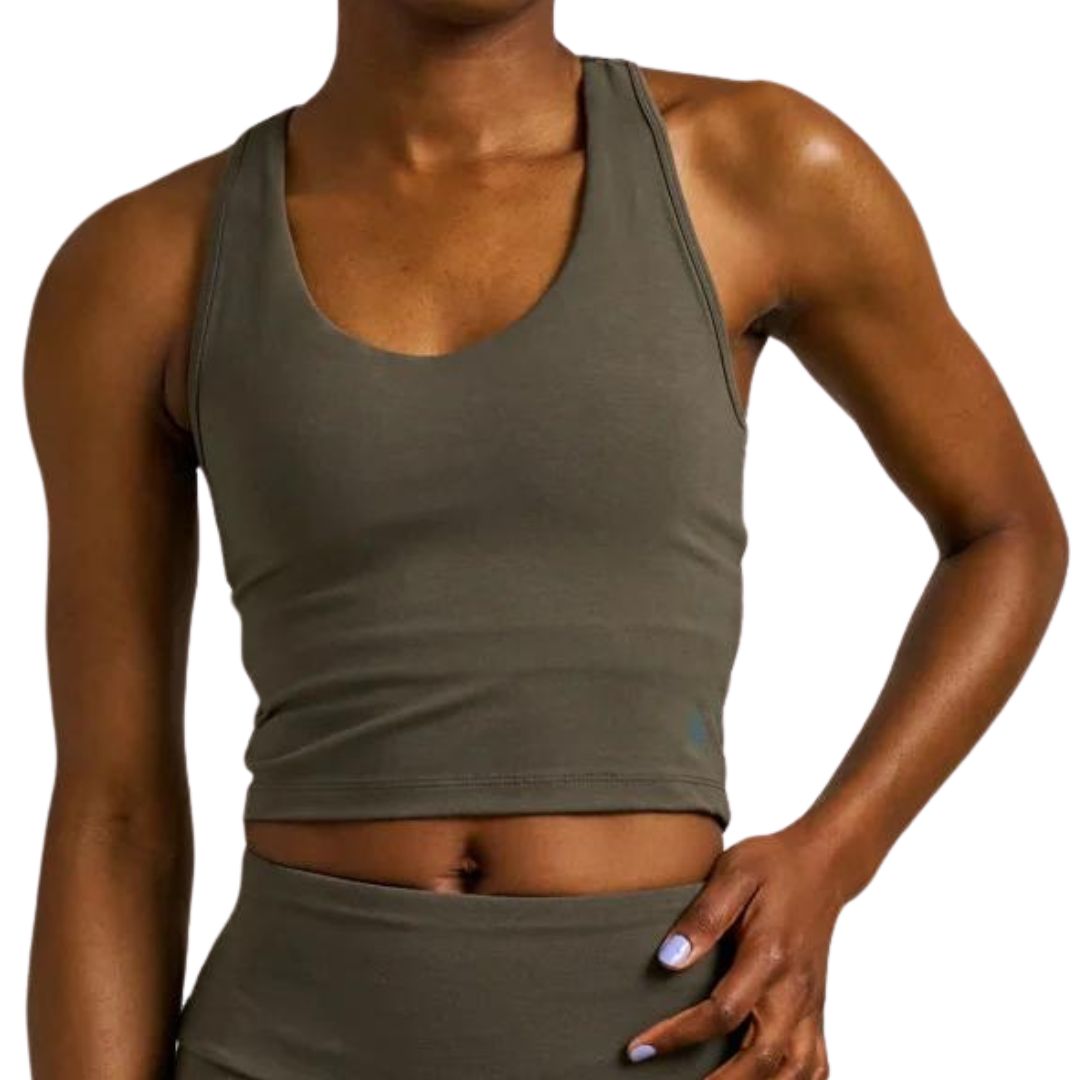
We're calling it: this is the perfect Pilates top. Soft and stretchy, super flattering and with built in support so no need for a seperate bra, it's all we're wearing to class these days. Plus, the brands sustainability credentials are top notch, so you can be sure you're doing good as well as feeling good.
What are the main benefits of Pilates?
"Pilates as a practice has so many varied benefits," says Hollie Grant, founder of Pilates PT. "It will improve posture and alignment, enhance core strength, boost flexibility and muscle tone and encourage better balance and coordination.
And the benefits aren't limited to physical health, either. "Pilates can help to reduce stress because it encourages mindfulness and a mind-body connection, while the focus on breathwork is also calming," Grant continues. "It’s low impact (but high intensity!) so it’s great for people who need to consider their joint health, or those rehab-ing from injury."

Anna Bartter is a freelance journalist who writes about health, fitness and women's lifestyle for publications including Stylist, Metro and Psychologies, among others.
She's always on a quest to find a variety of fun and functional workouts that give you the most bang for your workout buck and she's passionate about championing movement for everyone's mental and physical wellbeing.












